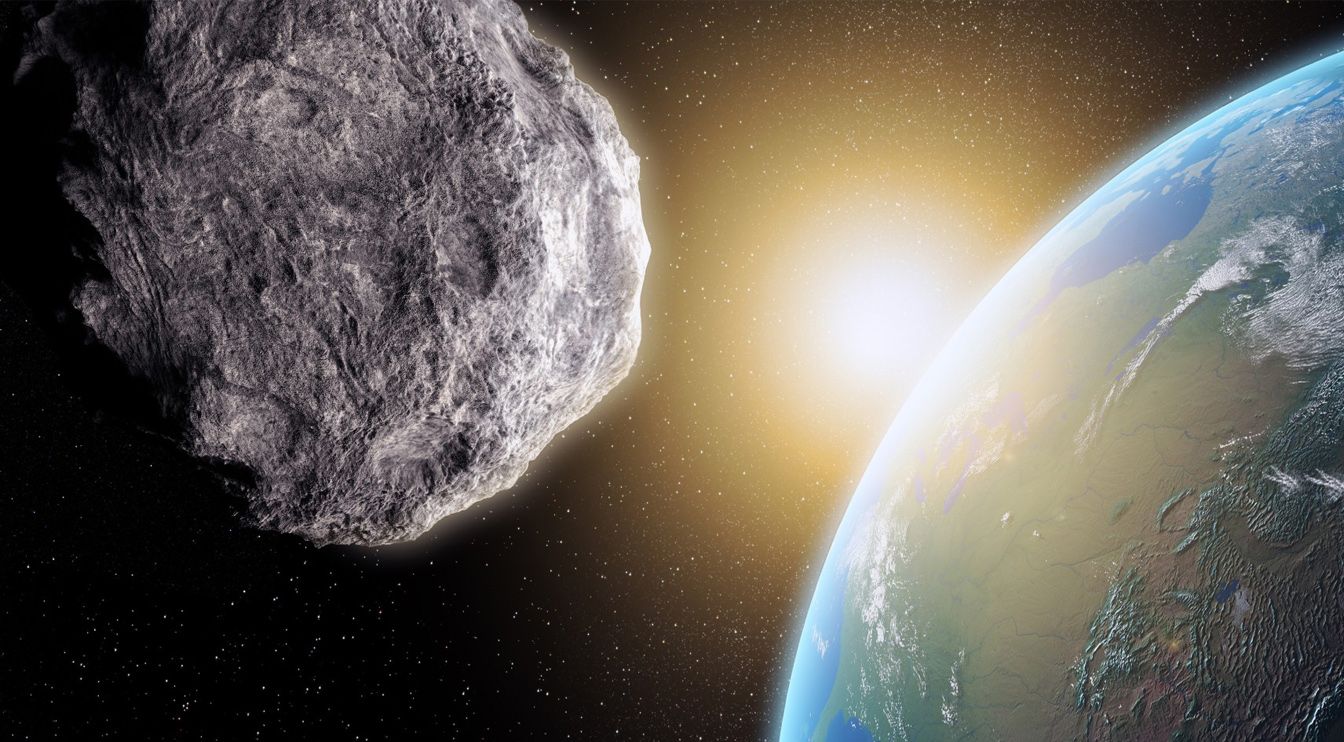Space agencies have successfully studied asteroid and comets up close on several occasions, but capturing one for mining is also in the works. A group of Chinese scientists is looking to go a step further. Their ambitious plan involves not just capturing an asteroid, but bringing it down to the surface of Earth for study and mining.
This does sound pretty crazy on the face of it, but researchers from the National Space Science Center of the Chinese Academy of Sciences say it’s feasible. Researcher Li Mingtao and his team presented the idea at a conference to explore ideas for future technology in Shenzhen. Li says that the mission could focus on asteroids that cross Earth’s orbit, which could make them a potential hazard in the future. The Chinese plan could turn a hazard into a new source of rare materials.
The asteroids targeted by this project would be on the small side — probably just a few hundred tons. The first step is to send a fleet of small robotic probes to intercept the space rock. Then, they would deploy a “bag” of some sort that covers the asteroid, allowing the robots to slowly alter its course and steer it back to Earth.



